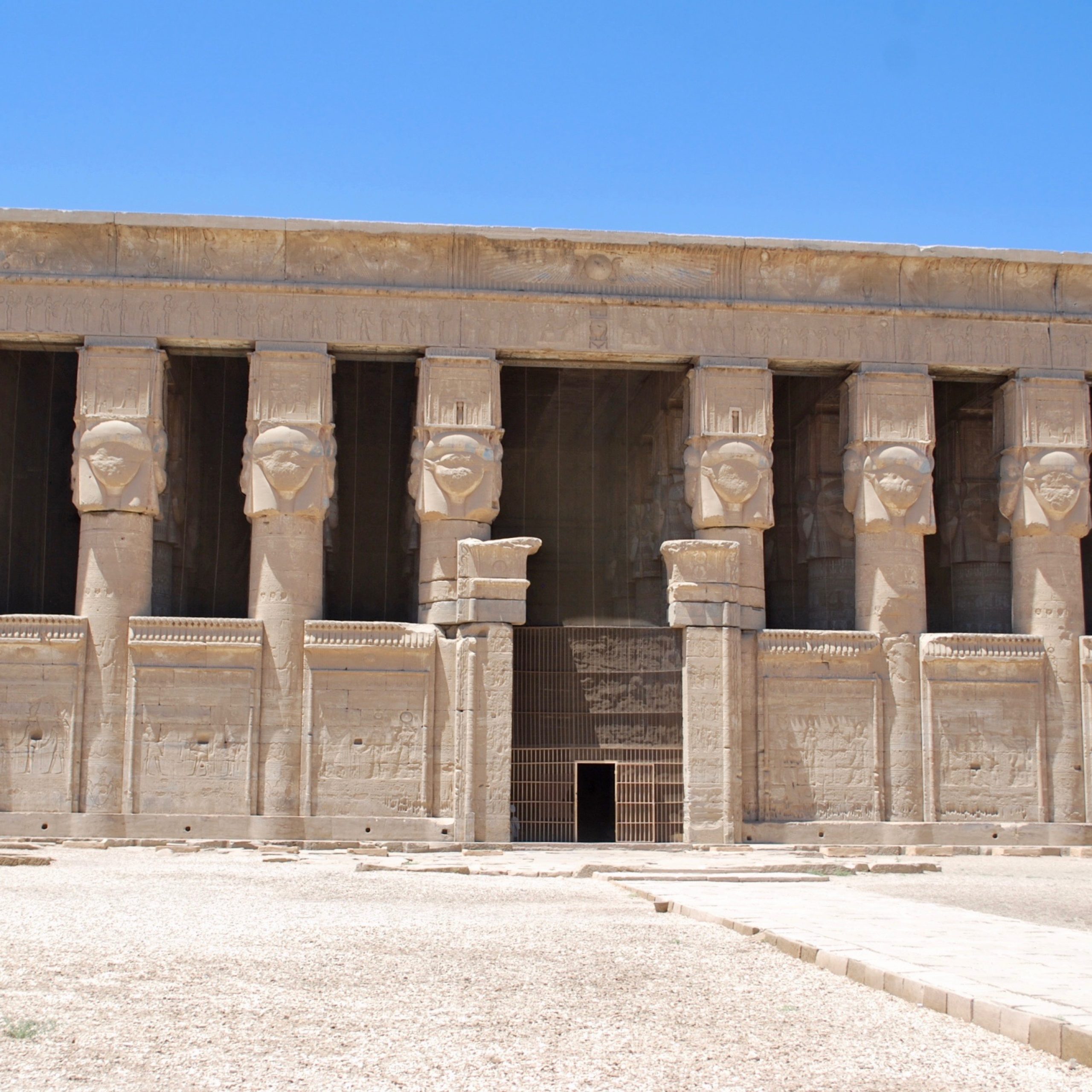The Roman Empire’s influence reached far and wide, extending its dominion to the ancient land of Egypt. This article explores the impact of Romans in Egypt, encompassing political, social, and cultural aspects, and highlights key contributions made by the Romans during their occupation.
The Roman conquest of Egypt in 30 BCE marked the beginning of a new chapter in the region’s history, blending Roman administration and culture with the rich Egyptian heritage. It came after the legendary reign of Cleopatra VII, the last ruler of the Ptolemaic dynasty. With Egypt’s annexation, Rome gained control over the land’s valuable resources, particularly its fertile agricultural lands and strategic location on the Mediterranean. Roman rule in Egypt was characterized by a centralized administration, led by a prefect appointed by the emperor. This period witnessed significant urban development, including the expansion of cities like Alexandria and the establishment of new Roman colonies.
The blending of Roman and Egyptian cultures in Egypt led to a unique amalgamation known as Greco-Roman or Graeco-Egyptian culture. This syncretism was reflected in various aspects of life, such as religion, architecture, and art. Roman deities were often identified with their Egyptian counterparts, leading to the creation of hybrid gods and religious practices. The cult of Serapis, a fusion of Osiris and the Greek god Zeus, gained popularity during this period.
The Romans left an indelible mark on Egypt’s architectural landscape. They constructed numerous temples, amphitheaters, and public buildings across the country. The most famous Roman architectural marvel in Egypt is the Temple of Kom Ombo, dedicated to the Egyptian gods Sobek and Haroeris. The majestic Roman Theatre of Alexandria and the Serapeum, a grand temple dedicated to Serapis, exemplify the architectural prowess of the Romans.
Under Roman rule, Egypt flourished economically, becoming one of the empire’s most prosperous provinces. The Romans introduced efficient agricultural techniques, expanding Egypt’s output of wheat, barley, and other crops. The establishment of trade networks facilitated the exchange of goods between Egypt and the rest of the empire, boosting economic growth. Alexandria, with its bustling harbor, served as a vital trade hub.
The Romans fostered a vibrant intellectual environment in Egypt, promoting scholarship and scientific advancements. Alexandria, renowned for its Great Library, continued to thrive as a center of knowledge during the Roman period. Greek and Roman scholars collaborated with Egyptian scholars, contributing to advancements in medicine, astronomy, and mathematics. The influential mathematician and astronomer Claudius Ptolemy, known for his geocentric model of the universe, hailed from Egypt during this era.
The Romans’ presence in Egypt left an enduring legacy that merged elements of Roman and Egyptian cultures. The blend of Roman administration, architecture, and cultural practices resulted in a distinctive Greco-Roman civilization. Despite political and social challenges, the Roman era in Egypt witnessed remarkable achievements in various fields, stimulating economic growth and fostering intellectual exchange. The syncretism of religions, exemplified by the cult of Serapis, demonstrated the adaptability and tolerance of these ancient civilizations.
Today, remnants of Roman influence can still be seen in the architectural marvels of Egypt, testaments to a time when two great empires intersected and left an indelible mark on the land of the pharaohs.




Comment (0)